Put your pounds away! FTF's cheapskate “Free Travel Fun” columnist explains how to get into one of London's most intriguing institutions.
They must bow to an imaginary altar. They cannot cross the red lines painted on the floor. They may, however, drink alcohol at any time. And they frequently abandon their good manners in favor of shouting insults.
Where in London could your family go to watch the traditionally kind and patient English turn into a madding crowd? Arsenal football stadium maybe, but I wouldn’t recommend it. How about paying a visit to the most distinguished public institution in the country: the Houses of Parliament?
The greatest free show in town can be seen and heard when Parliament is in session, between October and July.
House of Commons
The British form of government is baffling to many. The monarch is the Head of State, but the real power lies with Parliament. The authority to enact legislation and control the national finances is held by the “lower” chamber, The House of Commons.
Visitors are allowed to sit in the public gallery of the Commons, officially known as The Gallery for Distinguished and Ordinary Strangers. To gain entry, join the public queue outside St Stephen’s Entrance located at the center of the Palace of Westminster, opposite the east end of Westminster Abbey. Long lines, from one to two hours, are common, especially if there is a crisis or scandal on the agenda. Once admitted, you should feel privileged—the Queen herself is not allowed to enter the House of Commons.
Watching British democracy in action is a unique experience. The English people are ritualists, and they enjoy ceremony. And they do it with more regard and dignity than any other nation. Thus, it is not a surprise that parliamentary customs have not changed in centuries, and they are observed faithfully.
Each Commons sitting opens with the Speaker’s ceremonial entry. Without the Speaker’s presence, no business may be conducted, for no one else has the power to invite Members of Parliament (MPs) to speak. On entering and leaving the House, the MPs must bow towards the Speaker, but not to him. There was an altar behind the throne in old days, and they are bowing to the altar.
The MPs must not cross the carpet separating the Government and Opposition benches. They may, however, take a pinch of snuff from the coffin-like box in which the doorkeeper sits. Ever heard of the expression “Drunk as a Lord”? Westminster, being a royal palace, is not governed by any licensing laws.
Notice how understatements, measured insults and mockery are used widely and skillfully. Since a procedural handbook does not permit harsh accusations, MPs are left to their own devices. (Quick-thinking Winston Churchill once avoided saying “liar” by using “terminal inexactitude.”)
House of Lords
The House of Lords, although it may introduce its own motions, generally serves as a minor check on the Commons activities. Its members are not elected MPs, but British gentlemen born with a silver spoon under the pillow. Supporters of modern democracy have long lobbied against this medieval tradition that allows nobility to govern as their birth-given right. Some changes regarding hereditary membership might be forthcoming in the future.
Visitors wishing to peer at the largest blue-bloodied congregation in the country should join the queue (separate from the queue for the House of Commons) at the St Stephen’s Entrance.
The location is The Palace of Westminster, London, W1. The nearest subway station is Westminster. The formal queue, or line, outside the House of Commons begins early and is often quite long (up to two hours). Expect to pass through a security portal and have your hand baggage inspected.
Houses of Parliament Trip Planning Details
There is no recommended age for this experience, but British children visit as part of the school outings from the year 3 (ages 8-9), so perhaps under this age it would be tiresome. Teenagers would like it the Debate Sessions best: it’s a great and memorable experience in seeing democracy in action in the country that has been practicing it, in more or less the same form, for some 800 years.
Foreign visitors can “jump the queue” by applying to their Embassy or High Commission in the UK for a Card of Introduction, which permits entry during the early afternoon. Only four cards are issued on any day, so book well ahead. Please note that British embassies abroad do not issue such cards. Admission to the public gallery to watch debates on the floor of the Houses of Parliament is free.
Also, note that both Houses are only in session from Monday-Thursday and some select “sitting Fridays.” In addition, hours vary daily for both Houses as well, so make sure to check the website for details right before your visit. Before setting out, visit Parliament of the UK or call the Parliamentary Education Unit at 020/7219-2105 for sessions’ dates, times and educational material.
Dear Reader: This page may contain affiliate links which may earn a commission if you click through and make a purchase. Our independent journalism is not influenced by any advertiser or commercial initiative unless it is clearly marked as sponsored content. As travel products change, please be sure to reconfirm all details and stay up to date with current events to ensure a safe and successful trip.
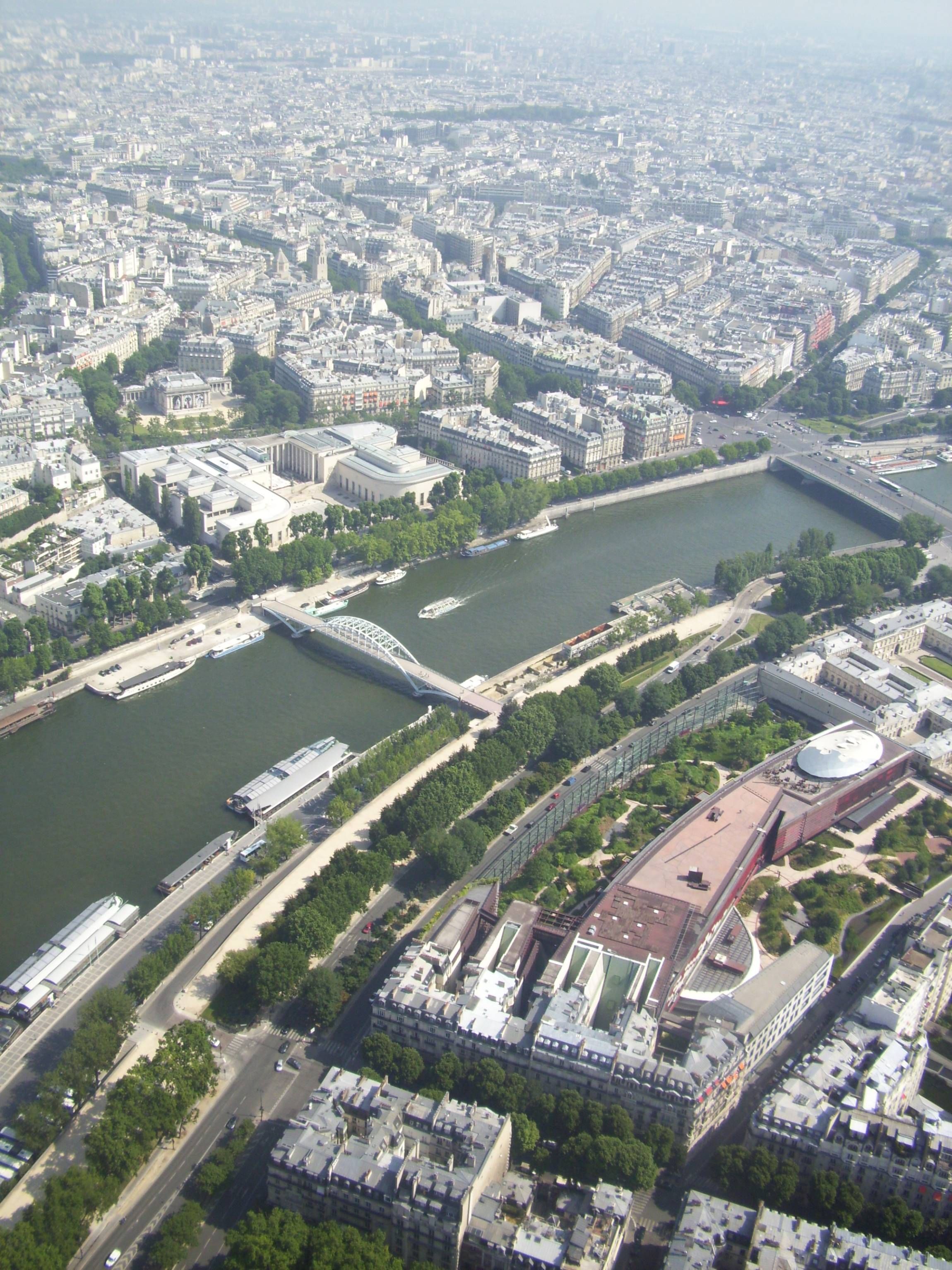
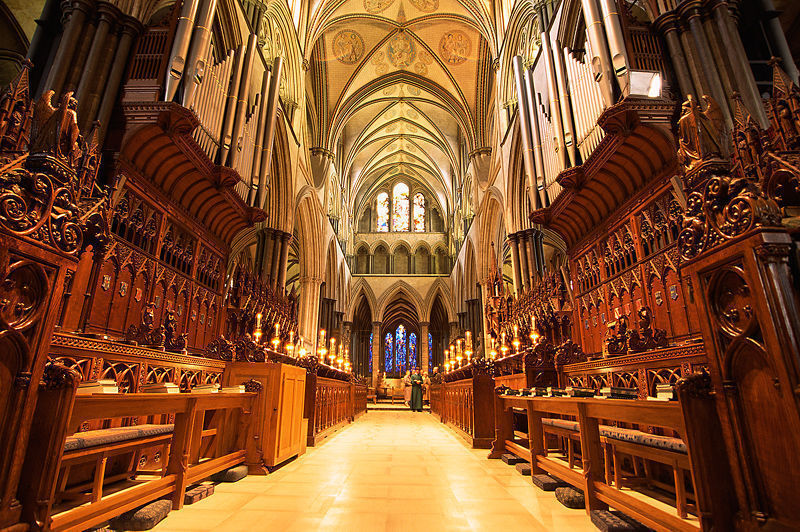
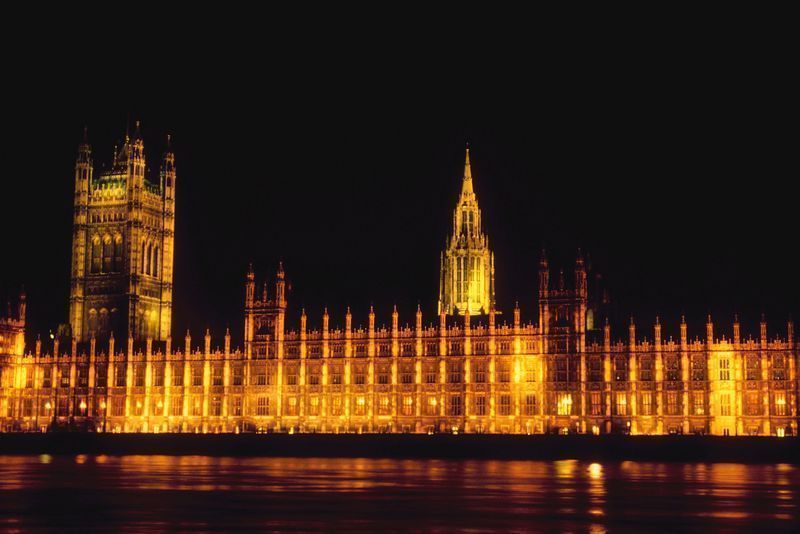

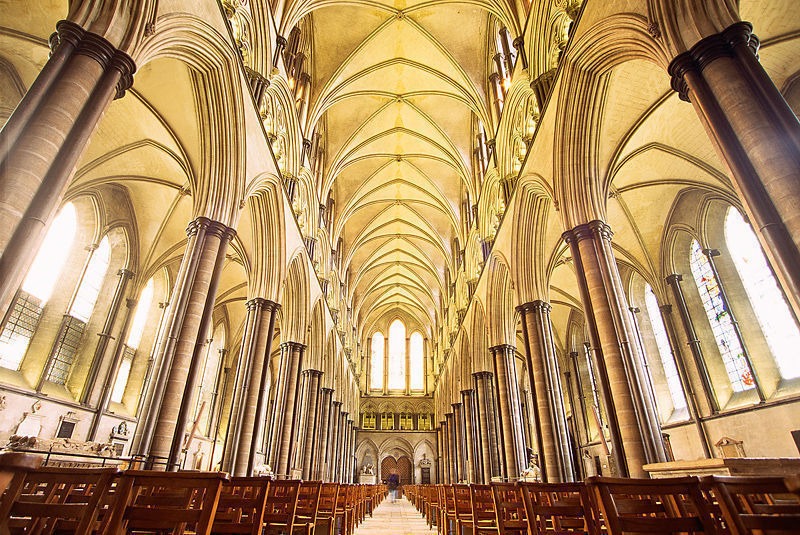

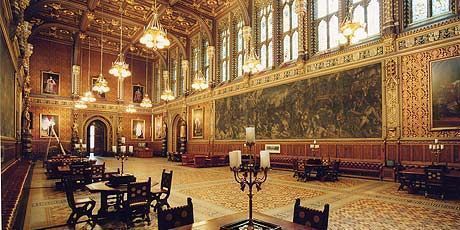

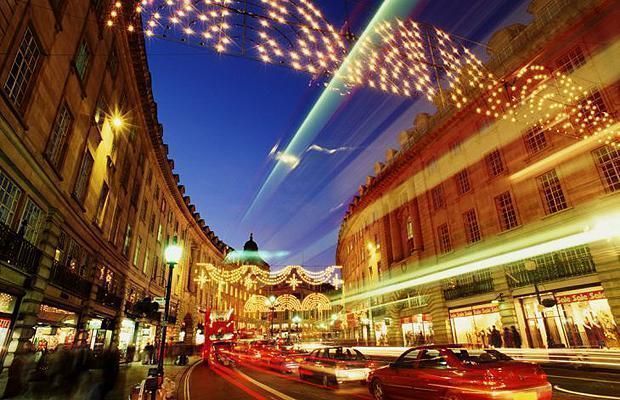
Since I was a child my greatest dream is to visit London at least once in my life time. Your post is very interesting upon reading i imagine that i am actually ding a visit in London and have fun.